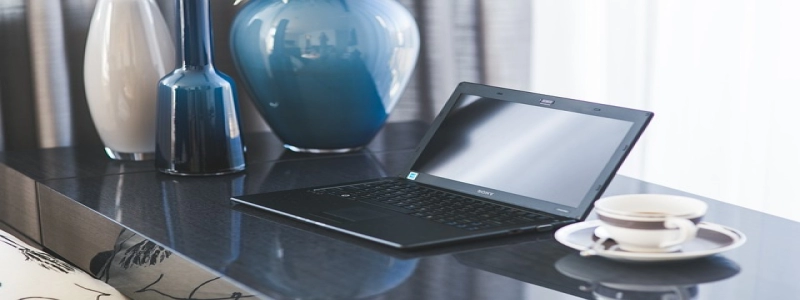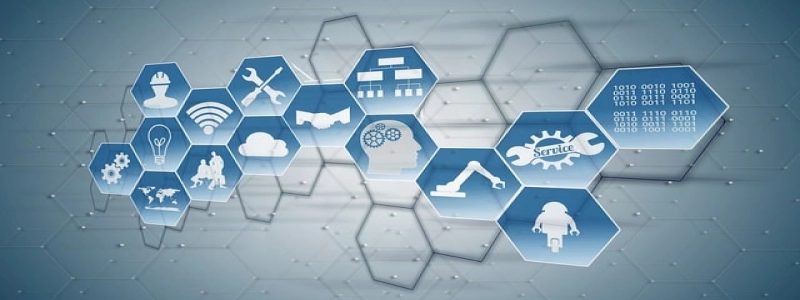Cost to Have Ethernet Installed
Introduction
In the fast-paced world we live in today, having a reliable and fast internet connection at home has become a necessity. While Wi-Fi is a popular option for connecting devices, it sometimes falls short in delivering consistent speeds, especially when there are multiple users or when you need a stable connection for gaming or streaming. To address this issue, many people are considering the installation of Ethernet cables in their homes. In this article, we will explore the cost involved in having Ethernet installed.
I. Understanding Ethernet
Before delving into the cost aspect, it is important to have a basic understanding of Ethernet. Ethernet is a wired network technology that enables devices to communicate with each other over a local area network (LAN). It provides a more reliable and stable connection compared to Wi-Fi, which is susceptible to interference and signal loss. Ethernet cables connect devices directly to a router or modem, allowing for faster data transfer rates and lower latency.
II. Factors Affecting the Cost
Several factors determine the overall cost of installing Ethernet in a home. These include:
1. Home Size: The size of your home plays a significant role in determining the length of Ethernet cables required. Larger homes will require more cables, which will increase the cost.
2. Existing Infrastructure: The presence of existing infrastructure, such as conduits or cable channels, can affect the installation process and ultimately impact the cost. If there are already pre-installed cable routes, the installation can be more straightforward and less expensive.
3. Wall Material: Different wall materials require different installation techniques. Standard drywall is usually easier to work with, while brick or concrete walls may require more time and effort, thus increasing the overall cost.
4. Location: The location of your home also affects the cost, as labor rates can vary from region to region. Urban areas may have higher labor costs compared to rural areas.
III. Cost Breakdown
The cost of having Ethernet installed can be divided into two main components: materials and labor.
1. Materials:
a. Ethernet Cables: The cost of Ethernet cables depends on factors such as length, quality, and brand. Cat5e, Cat6, and Cat6a are commonly used Ethernet cable types, with varying costs. On average, homeowners can expect to spend around $0.20 to $0.60 per foot of cable.
b. Connectors and Termination: Connectors and termination tools are required to properly terminate the Ethernet cables at both ends. These can cost anywhere from $0.50 to $5 per connector.
c. Patch Panels and Wall Plates: These components are used to neatly organize and connect Ethernet cables to devices. The cost can range from $10 to $50 per patch panel or wall plate.
2. Labor:
The cost of labor will largely depend on the complexity of the installation and the hourly rate of the technician. On average, homeowners can expect to pay between $75 and $150 per hour for professional installation.
IV. Conclusion
Installing Ethernet in your home can significantly improve your internet connection’s speed and reliability. While the cost of installation may vary based on several factors, including home size, existing infrastructure, wall material, and location, it is generally a worthwhile investment for those seeking a more stable and efficient network connection. By understanding the cost breakdown, homeowners can make an informed decision about whether Ethernet installation is suitable for their needs and budget.








